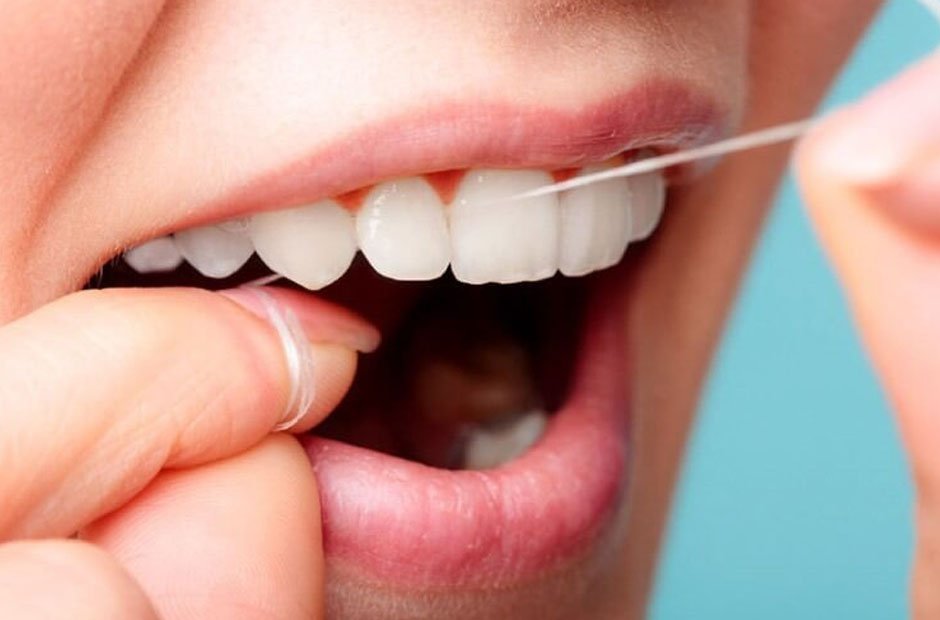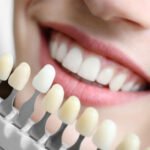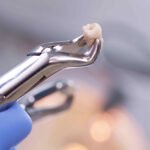
Flossing regularly helps remove plaque and food particles trapped under your gums and between your teeth. While brushing is beneficial, it may not reach tight spaces, which is why your dentist suggests daily flossing. Here are some factors that determine how often to floss:
Gum Health
If you have healthy gums, flossing once a day can maintain your condition and prevent gum diseases. Individuals who are susceptible to gingivitis and periodontitis should floss often to control plaque accumulation and reduce swelling. Your dentist may recommend you floss multiple times a day to remove plaque in deep gum pockets. This professional can instruct you to floss around each tooth, including the ones in the back where food particles hide.
When you floss after meals, it prevents early gum diseases like gingivitis from getting worse and ruining your oral health. If your gums are a little swollen, using gentle motions when flossing can prevent irritation. You may use a soft floss to boost comfort and prevent your gums from getting irritated further. Flossing when you have gum ailments eliminates food and bacteria that may cause bad breath.
Diet
Tough cuts of meat contain fibers that stick between teeth and can be difficult to remove with brushing alone. Such fibers can host bacteria, leading to bad breath and an increased risk of gum disease. If you consume fibrous vegetables like spinach, celery, or broccoli, floss regularly because fibers can cause plaque to form, increasing the risk of gum inflammation.
If you consume sticky foods like candy, they can cling to your teeth and between the gums, feeding bad bacteria. When bacteria build up in your mouth, they cause different dental issues, such as cavities and tooth decay. After eating foods like pasta and bread that have a sticky substance when chewed, floss to remove these particles to prevent them from turning into plaque.
Tight Spaces Between Teeth
Tightly spaced teeth make it more challenging to brush, increasing the possibility of plaque accumulating. When plaque isn’t removed properly, it hardens to tartar, which may contribute to gum disease, cavities, and tooth loss. If you notice frequent trapping of food particles, you may want to floss more than once a day since your teeth have tight spaces.
To slide between teeth easily, use waxed dental floss, as it is coated with a thin layer of wax that allows it to glide smoothly. For thorough cleaning, floss one side of the tight space first, then move to the other side to avoid missing some sections. When cleaning your teeth, slide the floss up and down against the sides of the teeth and below the gumline. This technique is helpful for removing plaque and food particles well without damaging the gums.
Book an Appointment With a Dentist
Flossing regularly is one way to maintain oral health and prevent gum diseases and cavities. To remove tartar that flossing may not be able to tackle, visit a dentist for professional teeth cleaning. To learn more about proper flossing techniques, call a dental clinic today to schedule an appointment.





